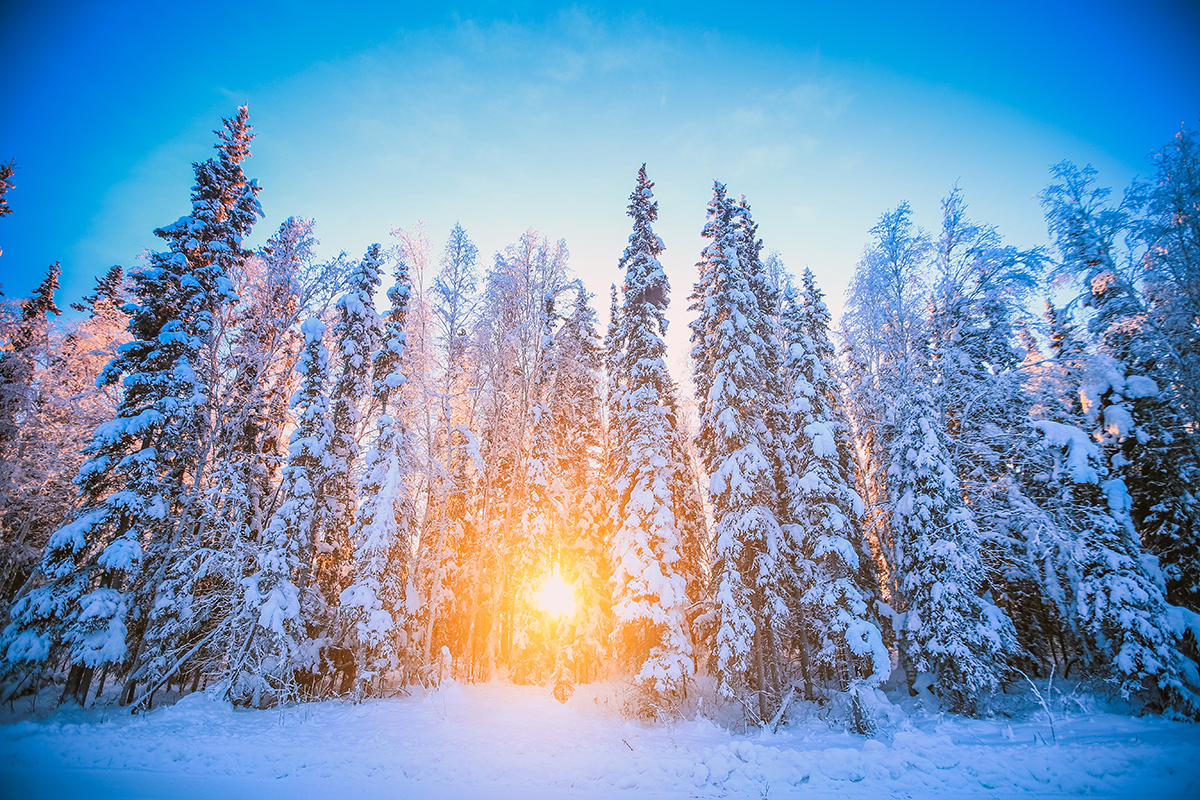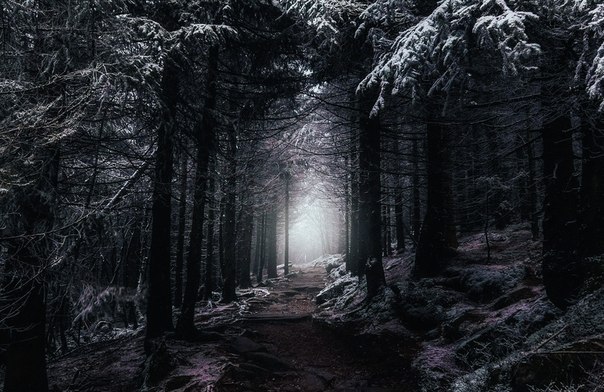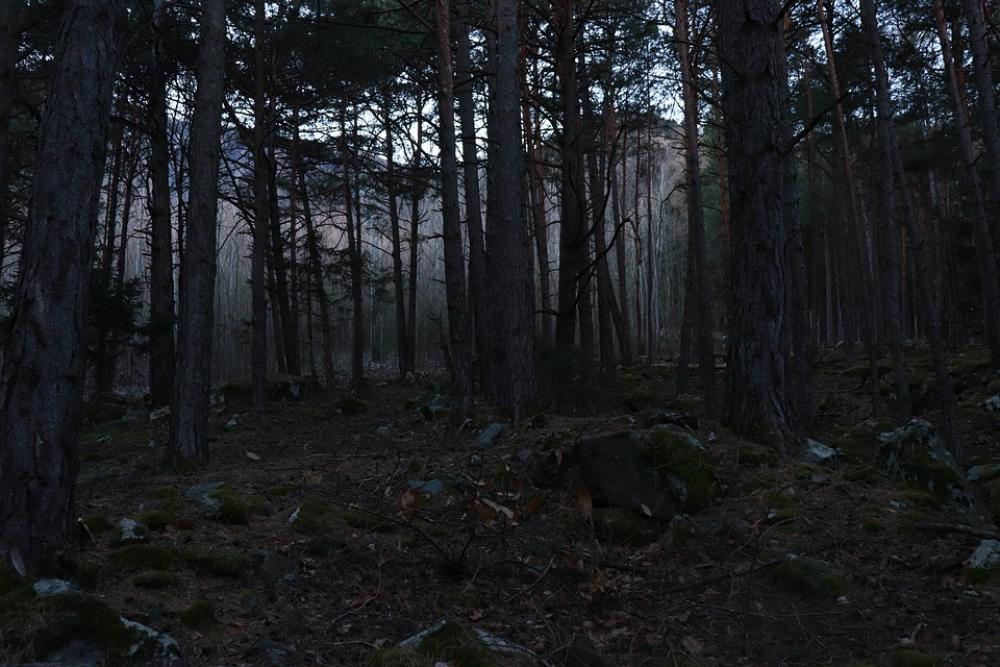What Time Does it Get Dark? (During Winter Solstice)
Have you ever wondered, what time it gets dark? Most especially during the winter solstice or generally during the winter. In this article we got you covered as we shall be discussing everything there to know about in an attempt to answer your question, What time does it get dark?
What Time Does It Get Dark?

As we enter March (with Spring just around the corner!), it’s common to wonder: what time does it get dark?
After months of living with a small window of sunlight, surely we must emerge from the shadows?
In today’s blog, we’ll discuss why it gets darker in the winter, how long it takes after sunlight to get dark, and when we can expect it to get dark in the coming weeks.
Why is it Darker in the Winter?

Our planet, as you may recall from science class, is part of a system that revolves around the sun.
This star provides us with much-needed light and heat.
However, Earth has a tilted axis, so they titled some of it towards the sun and they title away some from it.
As a result, the Earth receives varying amounts of sunlight throughout the year.
As a result, the Northern Hemisphere experiences more sunlight and thus longer days in the summer.
In the winter, the opposite is true. This is also why it is colder because there is less solar radiation due to fewer contact hours.
For those in the Southern Hemisphere, this works similarly (though at opposite times).
Those who live on the equator (the middle line that wraps around the globe) have mostly equal days and nights.
Read Also:
- How Much Yeast is in a Packet?
- How Much are Lip Injections?
- Does Seafood City Accept EBT?
- How Much is a Facelift?
- How to Pass a Mouth Swab Drug Test for Amazon
How Long Does it Take to Get Dark After Sunset?

When watching a sunset, you may notice that it does not completely darken. Again, this is because of our planet’s spherical shape.
Even after the sun has set on our horizon, it continues to shine on the Earth’s atmosphere above the surface.
This is due to light interacting with various gas molecules, causing them to scatter.
Twilight is the name given to this period of the night sky. They divide twilight into three stages:
1. Civil Twilight
This is when there is still enough light to see.
2. Nautical Twilight
Objects appear as silhouettes at this point. The sky is now filled with stars and constellations.
3. Astronomical Twilight
This is what we refer to as night. It is completely dark, which is ideal for viewing space objects.
Experts estimate that our environment goes through these three stages in about 70-100 minutes. It becomes truly dark about an hour and a half after sunset.
Important Dates in March
In March, several important dates will affect how we determine the time of darkness.
1. Daylight Savings
Daylight Savings Time was created to make the most of available natural light.
Clocks “fall back” in the winter and “spring forward” in the summer.
At 2 a.m. on March 14, 2021, we “lose an hour,” indicating the start of longer days in the Northern Hemisphere.
After this date, the time it becomes dark will continue to get later and later.
Read Also:
- Does Onlyfans Send Mail to Your Home?
- What Time Does Canes Close & Open?
- What Time Does TJ Maxx Closes?
- What Time Does the Y Close
2. March Equinox
The March Equinox occurs on the 20th of the month and marks the beginning of Spring.
The sun crosses the celestial equator from South to North.
It is also the date when the length of the day and night is roughly the same all over the world.
So, what time does it get dark?
With the upcoming daylight transitions in March, answering this question will be difficult.
Expect sunset to be around 5.45 pm for the first half of the month, with total darkness falling between 7.15-7.30 pm.
Sunset will be around 6.45 pm after daylight savings, with darkness falling about an hour and a half later.
Once the March Equinox has signaled the start of Spring, they will push further sunset into the evening. In fact, during the summer months, some Northern countries may not experience true darkness at all.
It gets dark during the winter solstice and it is important one knows when it gets dark so one has to make plans regarding the time so you don’t miss out on things you may have done.
Frequently Asked Questions
Has this article, What Time Does it Get Dark? (During Winter Solstice) been of any help to you, you can let us by commenting in the comment section below and do us the honour to share our article with family and friends.